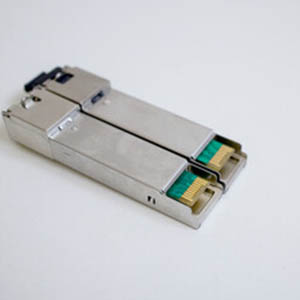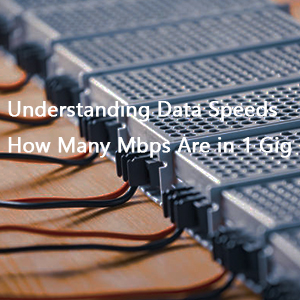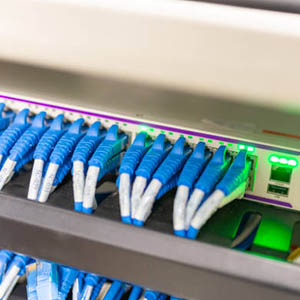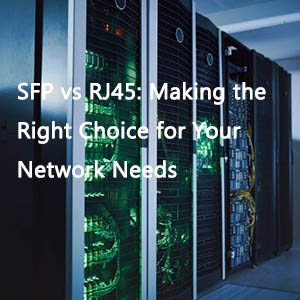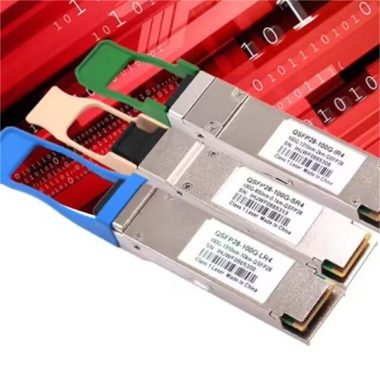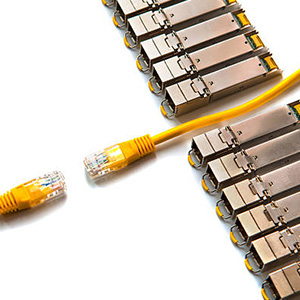In network deployments, fiber optic transceivers are crucial, yet concerns about their quality, interoperability, and compatibility persist. Selecting the right transceivers is essential in today’s competitive market. This guide will help you understand how to ensure that the Fiber optical transceivers you choose will work seamlessly with your existing network components.
Ensuring Interoperability Between Two Fiber Optical Transceivers
For a successful connection between two fiber optic transceivers, consider these four key factors: wavelength, speed, fiber type, and switch compatibility.
1. Identical Wavelength Transceivers must support the same wavelength at both ends to transmit data effectively. Mismatched wavelengths can lead to signal loss and degraded transmission. For instance, a 1310nm transceiver is incompatible with an 850nm one. Also, ensure that both transceivers operate in the same duplex mode (full or half) for successful communication.
2. Same Speed Physically similar modules can lead to confusion. For example, a 1G SFP module fits into a 10G SFP+ port, but the speed will be limited to 1 Gbps. Conversely, inserting a 1G SFP into a 10G SFP+ port will result in a failed connection. Generally, transceivers of different speeds are not interoperable, except for the 10GBASE-T module, which can support various speeds using Cat5e/Cat6/Cat6a cables.
3. Correct Fiber Type Choosing the right fiber type is essential. Multimode fibers are categorized as OM1, OM2, OM3, OM4, and OM5, all suitable for short-range transmission. Mixing different types, such as OM1/OM2 with OM3/OM4, will prevent a successful connection. Identifying fiber types by their standardized colors can help. The connector type (e.g., SC, LC) is not restricted as long as the fiber type is correct.

4. Flawless Operation on Switches Ensure that the transceivers you purchase have been tested on the original-brand switches to avoid operational issues. Also, verify that your switches support the modules you intend to use, as some brands may not be easily compatible with modules from other vendors.
Ensuring Fiber Optical Transceivers Compatibility
For optimal performance on network switches, compatibility is paramount. Some manufacturers may encrypt their devices, complicating module compatibility. Selecting a reliable vendor with a robust testing system is key.
An Elaborate Testing System The testing process includes inspections of semi-finished and finished modules. Semi-finished modules undergo basic appearance checks and parametric performance tests. Finished modules are tested for optical power, spectral characteristics, eye diagrams, digital diagnostics, and temperature resistance. Compatibility tests involve testing modules on OEM switches to ensure seamless operation.
A Trustworthy Third-party Supplier Evaluate a third-party supplier based on their qualifications, testing capabilities, experienced staff, and thorough documentation. After-sales services and technical support are also crucial for addressing compatibility issues.
Frequently Asked Questions (FAQs)
- Q: Can two optical transceivers from different brands connect with each other?
- A: Yes, if they share the same wavelength, speed, and fiber type, and operate normally on their respective original switches.
- Q: Can I use 1G SFP and 10G SFP+ modules together?
- A: Yes, provided they match in speed and wavelength, but the transmission speed will be limited to 1G.
- Q: If I pick compatible modules, will they affect the performance of my OEM switches?
- A: No, as long as the modules adhere to MSA standards, they won’t impact the performance of your host systems.
- Q: Will the compatible fiber optic transceivers invalidate my warranty with the vendor branded switches?
- A: No, using compatible modules does not void any warranties. Vendors cannot require the use of only their original parts to retain warranty.

